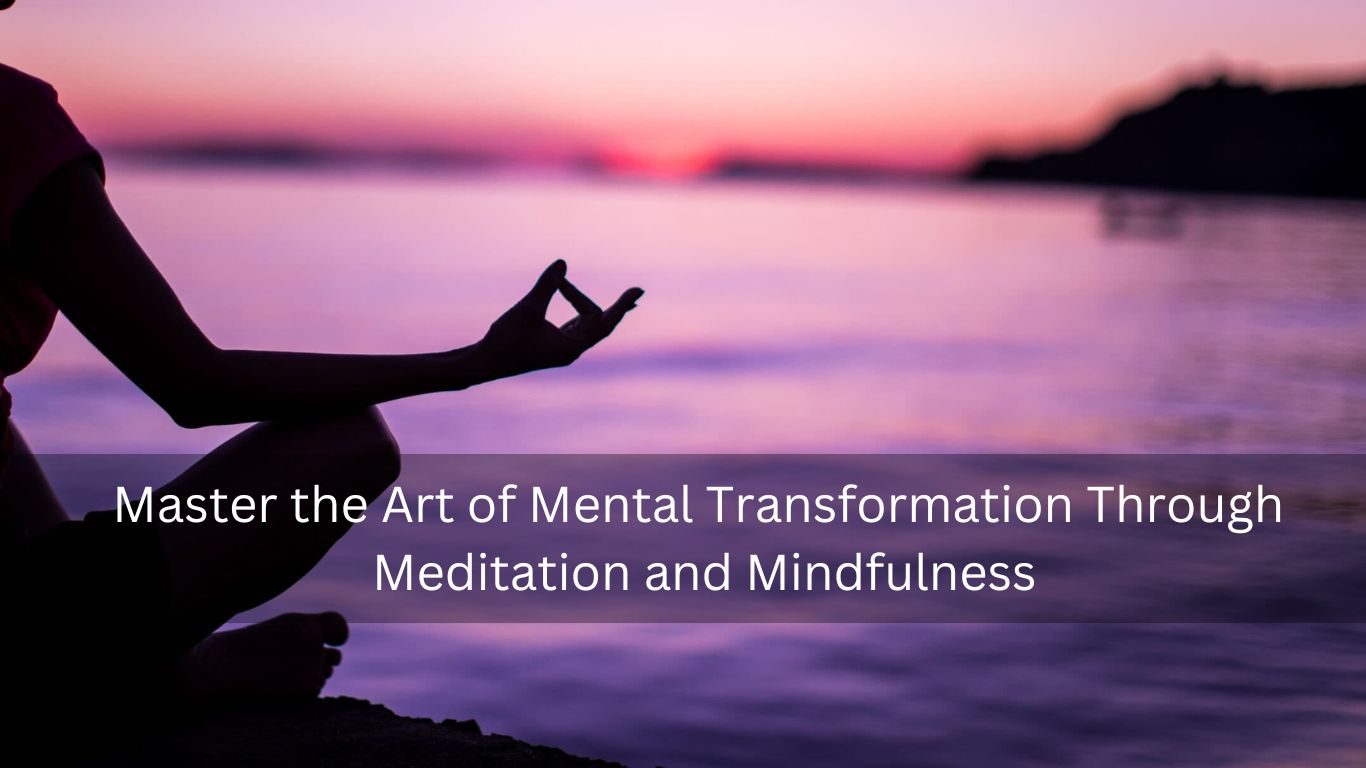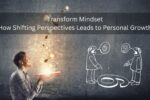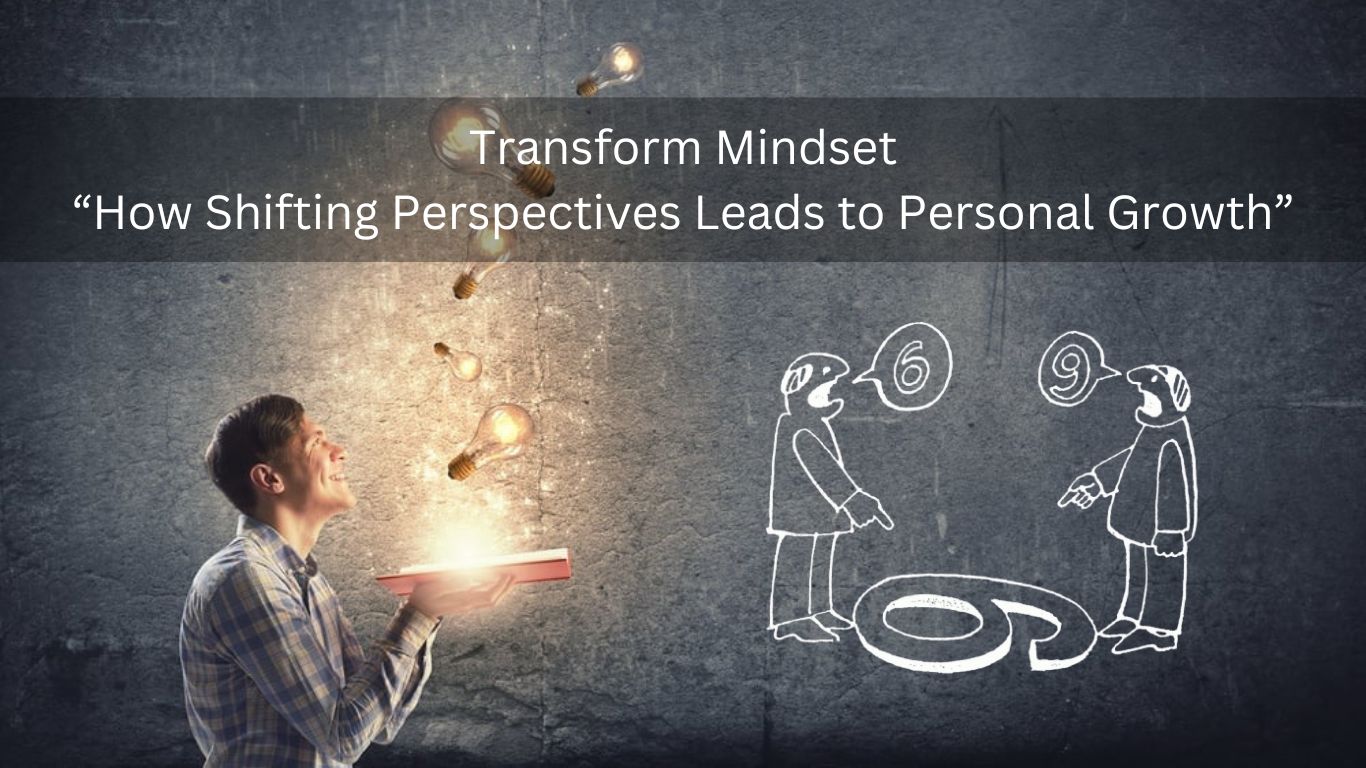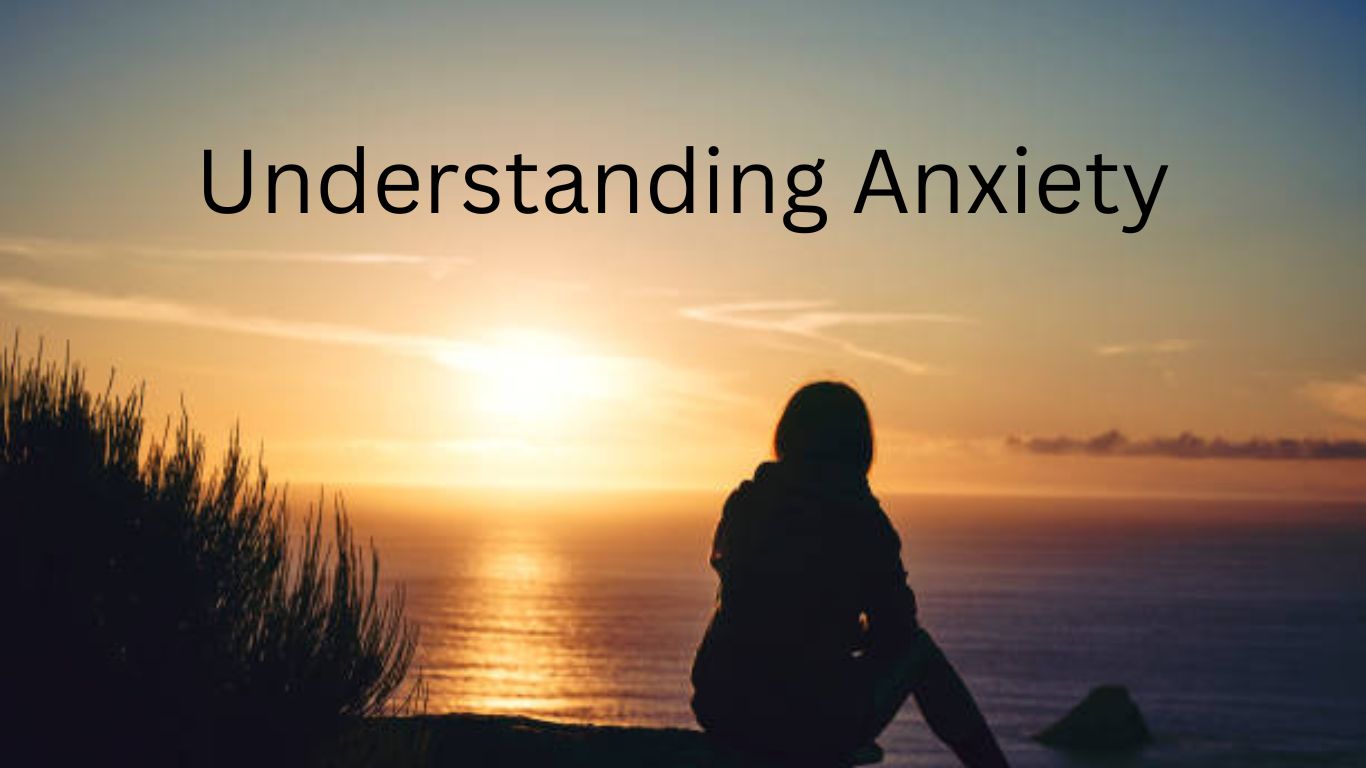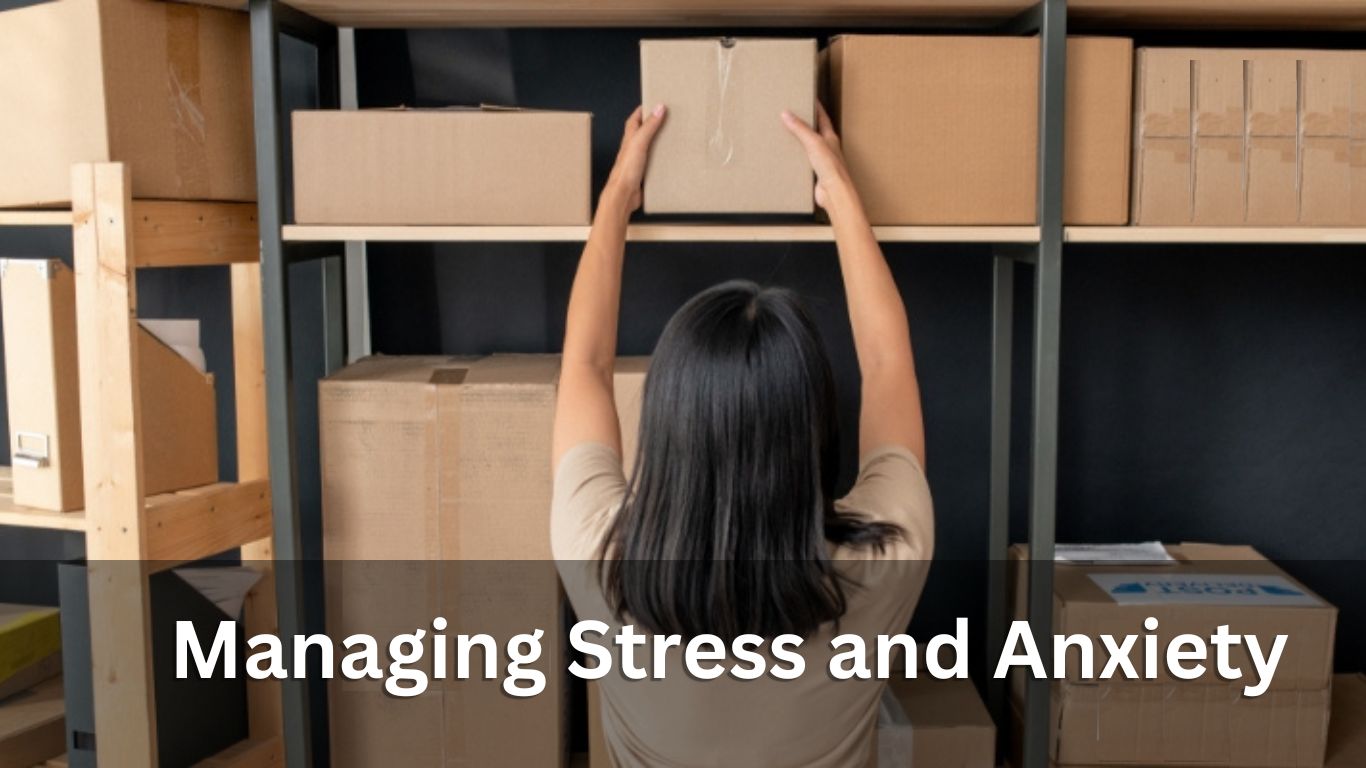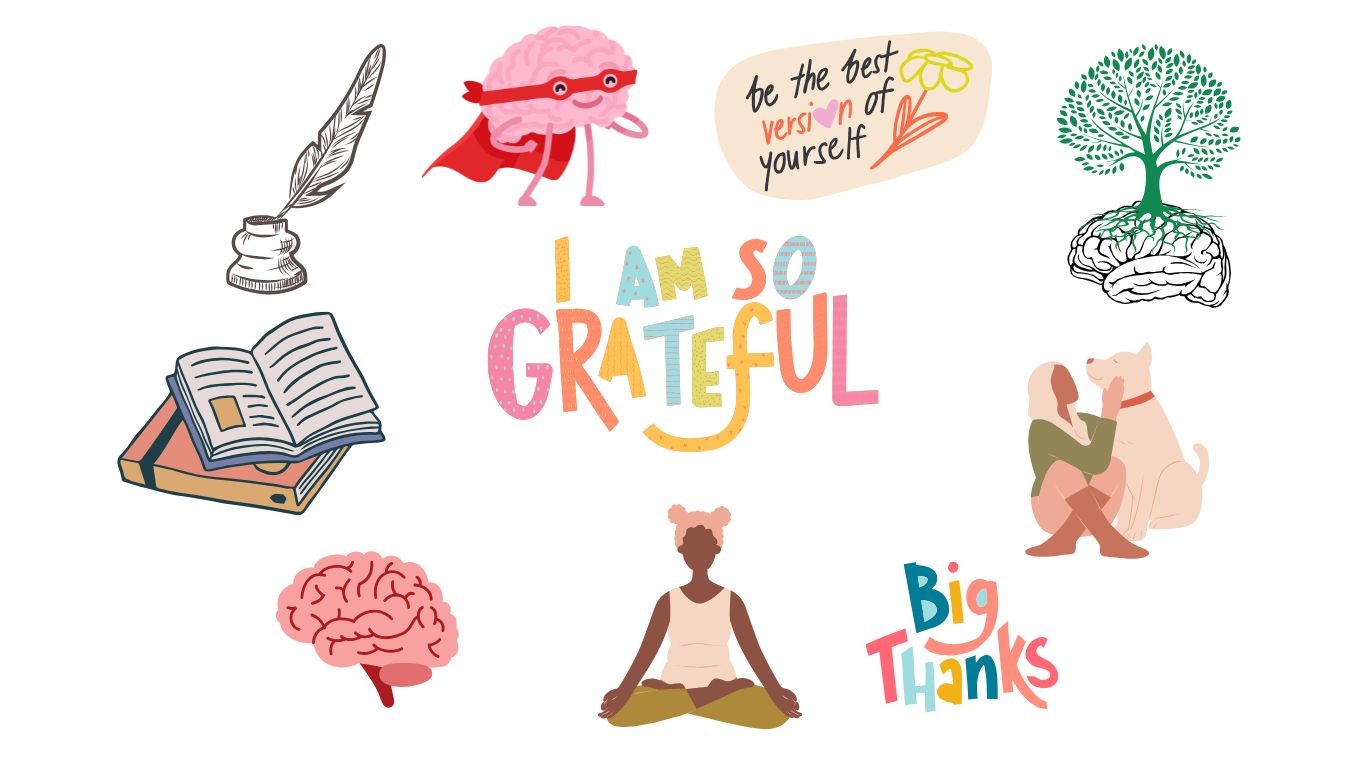Meditation and mindfulness play a significant role in mental transformation by helping individuals reshape their thoughts, emotions, and reactions to life’s challenges.
Table of Contents
i) What is Meditation?
Meditation is a practice where we focus our mind to feel calm and relaxed. It’s like giving our brain a break from all the stress and worries. When we meditate, we sit quietly and focus on something, like our breath, a peaceful image, or a word that helps us feel calm. The goal is to clear our mind, relax, and feel peaceful.
There are many types of meditation, but most involve:
- Focusing on something: It could be our breath, a sound, or a word.
- Breathing slowly: Breathing deeply can help our mind relax.
- Being in a quiet place: We try to meditate where there are no distractions.
Meditation is when we take time to sit quietly and focus our mind. When we meditate, we train our mind to be calm and focused. In simple term, Meditation helps us relax and clear our mind.
ii) What is Mindfulness?
Mindfulness is the practice of paying attention to what’s happening right now, in the present moment. It’s about being aware of our thoughts, feelings, and what’s going on around us, without judging it. We don’t try to change anything; we just notice and accept it.
Mindfulness can be practiced anytime, not just when we meditate. It’s about being fully present in whatever we are doing, whether it’s eating, walking, or having a conversation.
Some key things about mindfulness:
- Being aware: We pay attention to what’s happening around us or inside us right now.
- Not judging: We don’t label things as “good” or “bad,” we just observe.
- Accepting things as they are: We don’t try to change how we feel or what’s happening, we just notice it.
Mindfulness is about bringing that focus and awareness to everything we do in our everyday life. When we practice mindfulness, we try to live more in the present moment, paying full attention to what’s happening.
In simple term, Mindfulness helps us live in the moment and be aware of our thoughts and feelings as they happen.
iii) What is the role of meditation and mindfulness in mental transformation?
Here’s how each practice helps bring about this big change:
1. Meditation: A Tool for Mental Clarity
Meditation allows us to step away from the constant noise and distractions of everyday life. By regularly practicing meditation, we can:
- Calm the Mind: Meditation helps calm all the busy thoughts that can cause stress and anxiety. This gives us space to think more clearly and feel more peaceful.
- Balance Emotions: Meditation helps us manage emotions like fear, anger, or sadness. It lets us respond calmly and thoughtfully instead of reacting right away.
- Improve Focus: Meditation trains our brain to focus on the present moment, which can help us concentrate better, remember things more clearly, and be more productive.
- Know Yourself Better: By checking in with our thoughts and feelings, meditation helps us understand ourself more deeply, including our habits and what we need. This self-awareness is important for making positive changes in our life.
2. Mindfulness: Living in the Present Moment
Mindfulness teaches us to stay fully focused on what’s happening right now, without judging it. When we practice mindfulness, we can:
- Break Negative Thinking: Mindfulness helps us notice our thoughts without getting stuck in them. This lets us stop negative thinking and self-criticism, which can lead to stress and anxiety.
- Control Emotions: By being aware of our emotional triggers, mindfulness helps us pause before reacting. This gives us the chance to respond calmly and carefully.
- Build Stronger Resilience: Mindfulness teaches us to accept whatever comes our way, helping us stay grounded in tough situations and adapt to change more easily.
- Show Compassion: Mindfulness encourages kindness and understanding toward ourself and others. This can help build better relationships and improve emotional well-being.
3. How Meditation and Mindfulness Work Together to Transform our Mind:
When we combine meditation and mindfulness, they create a powerful effect for mental transformation. Meditation clears our mind and brings calm, while mindfulness helps us carry that calm into our daily life. Over time, these practices help us develop healthier mental habits, reduce stress, and change our mindset to be more peaceful, focused, and strong.
In short, meditation and mindfulness are great tools for anyone who wants to improve their mental health. They help us become more aware of ourself, balance our emotions, and handle life’s challenges with a calm and clear mind.
iv) What are the benefits of Meditaion and Mindfulness?
Meditation and mindfulness have many benefits for both our mind and body. Here are some of the key benefits:
- Reduces Stress: Meditation and mindfulness help calm our mind, which reduces stress and makes us feel more relaxed.
- Improves Focus: These practices help us stay focused and concentrate better, making it easier to get things done.
- Improves Emotional Health: Meditation and mindfulness help us manage our emotions, like anxiety or anger, and make us feel better overall.
- Better Sleep: Practicing these techniques can help us relax before bed, leading to better sleep and making it easier to fall asleep.
- Increases Self-Awareness: They help us understand our thoughts and feelings more clearly, which can help us grow and improve ourself.
- Builds Resilience: Meditation and mindfulness help us handle tough situations and difficult emotions more easily.
- Improves Mental Clarity: These practices help clear our mind, making it easier to think clearly, solve problems, and be creative.
- Encourages Kindness: Meditation, especially loving-kindness meditation, helps us be kinder to ourself and others, which can improve our relationships.
In short, meditation and mindfulness are simple and powerful practices that can help us feel calmer, focus better, and live a happier, healthier life.
v) How to Practice Meditation and Mindfulness?
1. How to Meditate:
- Find a quiet place: Pick a calm, quiet spot where we won’t be interrupted.
- Sit comfortably: Sit in a relaxed position, either on a chair or the floor with our legs crossed. Keep our back straight and place our hands on our lap or knees.
- Focus on our breath: Close our eyes and take deep breaths. Pay attention to how our breath feels as it goes in and out. If our mind wanders, gently bring our focus back to our breath.
- Start small: If we are new, start with just 5-10 minutes and slowly increase the time as we get more used to it.
- Finish slowly: When we are done, take a moment to notice how we feel before opening our eyes and going back to our day.
2. How to Practice Mindfulness:
- Be in the moment: Mindfulness is about paying attention to what we are doing right now. Whether we are eating, walking, or talking, focus on what we are experiencing without distractions.
- Use our senses: Notice what we can see, hear, smell, taste, and feel. This helps us stay present.
- Don’t judge our thoughts: Just observe our thoughts and feelings without calling them “good” or “bad.” Let them pass without reacting.
- Take short breaks: We don’t need long periods for mindfulness. Take quick breaks throughout the day to focus on our breath or just notice our surroundings.
By practicing meditation and mindfulness regularly, we can help calm our mind, improve focus, and feel more relaxed.
5th Method Developing Perspective
in next blog please click on the heading just above
Did you find this article helpful? If you found this article helpful, don’t forget to like and share it with others!
For more insightful content, make sure to follow us.
We’d love to hear your thoughts—leave a comment below or mail us and let us know what topics you’d like to see next! Your feedback helps us grow and create better content.📩
Also Read:
Managing Stress and Anxiety for Mental Transformation: Step 3
